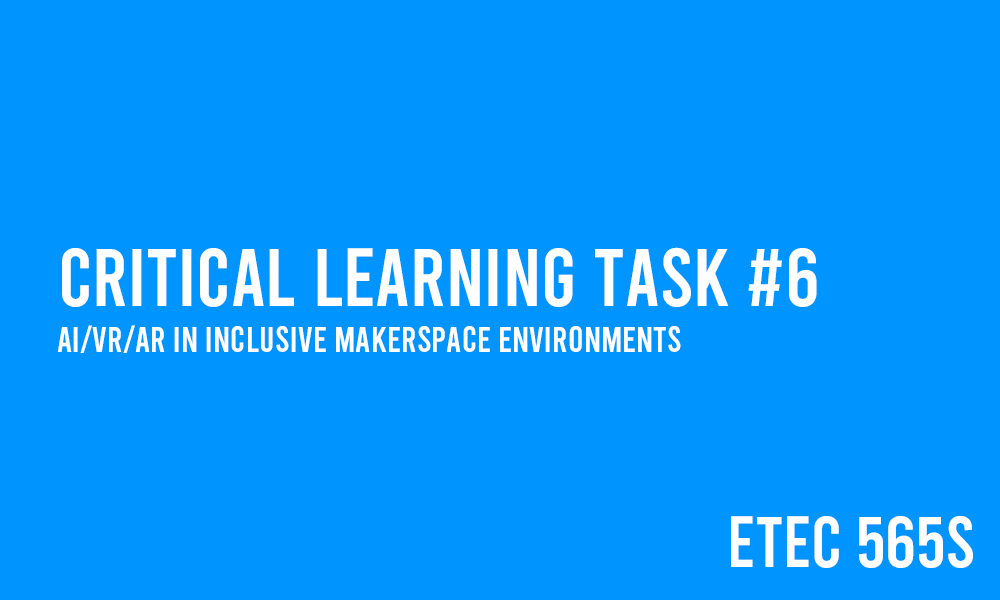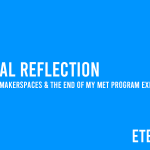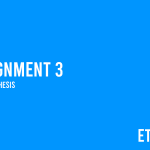Script
Introduction
Today’s classrooms are filled with technology, and our digital tools have become integral parts of how we learn. The same goes for Makerspaces, where technologies such as Virtual Reality, Augmented Reality, and Artificial Intelligence have changed the way we all explore making.
VR & AR
Virtual and Augmented reality can allow for Makerspace users to develop their ideas with little boundaries. Using virtual reality headsets, users can create and explore new worlds and be fully immersed in a digital space. With augmented reality, users can interact with the physical world around them using digital tools. The research conducted by Han et al. in 2020 proposed six instructional design principles for implementing AR in makerspaces, as they found AR to be effective in promoting student engagement during inquiry-based learning opportunities.
Quote
Both technologies have a huge impact on Makerspaces, as they create limitless opportunities to create. AR and VR can break down the physical walls of makerspaces and allow for collaboration around the world. However, the barrier of needing an AR or VR device is still a limitation that must be considered.
Artificial Intelligence
Artificial Intelligence can help lower the barriers to entry for makerspaces to create a more equitable space. By using AI powered technologies, makerspace users can lessen the gaps between different people based on their prior knowledge.
Quote
The makerspaces of tomorrow, filled with Virtual Reality, Augmented Reality, and Artificial Intelligence, will be more inclusive for all!






